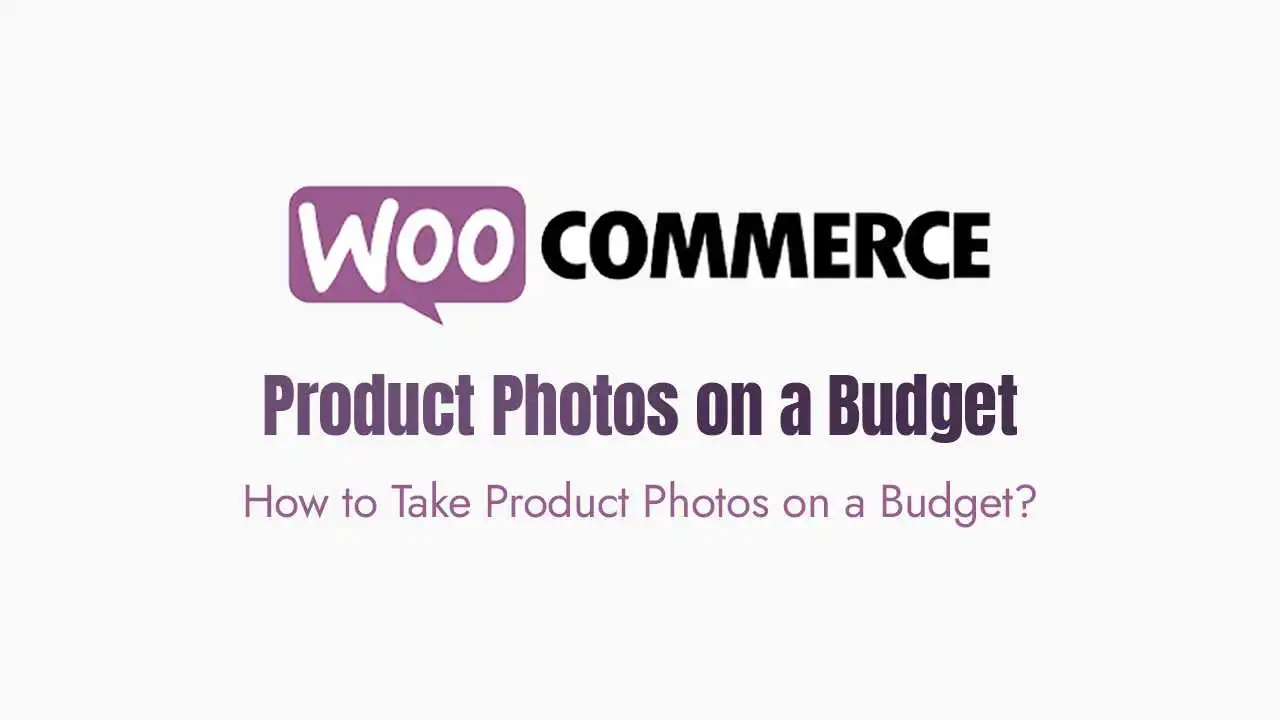Why Do Great Product Photos Matter So Much?
- They Build Trust and Perceived Value: A high-quality photo gives the impression that your products and brand are professional and reliable. This can justify a higher price point and build customer confidence.
- They Are the First Impression: Before a customer reads a single word of your description, they’ve already made a judgment about your product based on the visual.
- They Answer Questions: A good photo shows the product from multiple angles, its size, texture, and how it can be used. This preemptively answers many questions a customer might have.
- They Are Essential for Social Media: In a visual-first world, your product photos are the foundation of all your social media marketing, from Instagram posts to Pinterest pins.
The Essential Equipment for DIY Product Photography:
1. Your Smartphone:
2. A Tripod (or a Steady Surface):
3. Good Lighting:
Natural Light: The absolute best and cheapest light source is natural, indirect sunlight. Find a large window with soft, diffuse light (e.g., facing north or during the early morning or late afternoon).
Ring Light or LED Light: If you can’t get good natural light, a simple ring light or an LED desk lamp can work wonders.
Lightbox: For small products, an inexpensive, portable lightbox provides perfect, shadow-free lighting from all angles.
4. A Clean Background:
White Poster Board: For small products, a large piece of white poster board creates a clean, seamless white background. Curve it gently from the vertical to the horizontal to eliminate a horizon line.
A Clean Wall: For larger products, a clean, empty white or light-colored wall works great.
5. A Reflector:
A Step-by-Step Guide to Taking the Photos:
Step 1: Set Up Your Space
Choose your location: Find a spot with good natural light, preferably near a window.
Set up your background: Place your white poster board or lightbox.
Arrange your product: Place your product on the background, making sure it is clean and has no tags or stickers.
Step 2: Lighting is Everything
The main light: Your light source (the window or your ring light) should be positioned to the side of your product, not directly in front of it. This creates soft, pleasing shadows that give your product depth.
The reflector: Place your white foam board on the opposite side of the light source. It will bounce light back onto the product, filling in any harsh shadows.
Step 3: Use a Tripod for Stability
Mount your phone on the tripod.
Use the self-timer or a remote shutter button to take the photo. This prevents you from touching the phone and causing a blurry image.
Step 4: Take Multiple Angles and Shots
Take a main hero shot: A straight-on, clean shot of the entire product.
Shoot from multiple angles: Take photos from the top, the side, and a slight angle.
Get close-ups: Capture important details, textures, or features of the product that you mentioned in your description.
Take lifestyle shots: Show the product in a real-world context. For a mug, show someone holding it. For jewelry, show it being worn. This helps customers visualize the product in their own lives.
Step 5: Edit the Photos on Your Phone
Adjust brightness and contrast: Make sure the photo is well-lit and the colors pop.
Increase saturation: A small bump in saturation can make your colors more vibrant.
Crop and straighten: Crop the photo to a square for Instagram or another platform, and make sure your product is perfectly centered and straight.
Remove the background (optional): Many free apps and online tools can remove the background of your image, giving you a clean, professional look.





